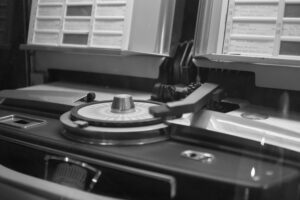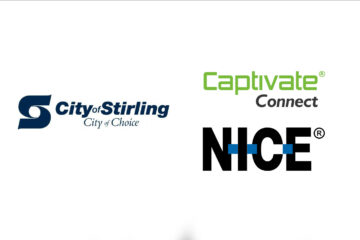When you picture on hold music, the first descriptors that come to mind are ‘boring, repetitive, and grating’. We have all spent hours on hold with various businesses, humming the same thirty-second classical or ‘funky’ tune while getting more and more irritated as time passes. And then finally! The line goes silent! Is this it? Will your call be answered?
“Sorry for the wait, we will be with you soon.” And the music starts again.
It’s enough to make anyone scream. So why is music on hold so bad? And is there any way to make it better?
1. Default Music from your phone system (*shudder*)
When was the last time that you called yourself? And when was the last time you popped yourself on hold? I would wager a guess that it has been a while. Do you know what your voicemail sounds like? Do you know what your callers are hearing when you put them on hold?
There are many, many different phone systems, each claiming to provide better benefits than the other. Of course, we all have our biases, but the one thing that they all have in common is a default setting. Default music on hold is perhaps the driest, dullest, and least inspiring music ever produced- and the people that call you deserve better. Without actually putting themselves in the customer’s shoes, companies are unable to comprehend the painfulness of these default settings- leading to unhappy customers, with businesses that are none the wiser.
Check out this link HERE for some triggering default music content.

2. Royalty-free music
You might be thinking, ‘why can’t I just listen to the radio hits I know and love while I wait? At least that would make holding tolerable!’
And while that does sound like an easy solution, the whole capitalism thing doesn’t make it viable for many businesses.
To use commercial music, you must pay the label that produced the track a fee every time that track is played over your system, which can get quite costly, quickly. Royalty free music, however, is obtained with a one time fee (or sometimes no fee) for a license to use the track without limits. The track is still copyrighted and you do not own the music itself, but you can use it how you see fit.
Royalty-free music gets a bad wrap as repetitive elevator music that sends a caller to sleep- but a deeper dive gives way to a vast library of unique sounds that can be used to brighten your caller’s mood. Of course, not everyone has the same taste in music, but you know your audience the best, and can make an effort to anticipate their needs.

3. Sound Quality Issues
With new develiopments in technology rolling out by the day, it is bizarre that often on hold music can sound so outdated. Crackling and staticky audio is extremely offputting, and its easy to wonder how this technology can be lagging so far behind the crystal clear audio from your phone’s speakers should you be playing a song from Spotify.
Most people don’t realise that when you make or receive a mobile phone call, you automatically drop down to 3G connection. This is because 4G (or 5G!) doesn’t actually have a proper telephony stack, also meaning the quality is poor because telephony phone calls still use audio codecs from 1991- designed for voice and not music. All this to say that mobile phones make music sound strange and of a low quality, when transmitted through a call.
Music on hold systems are boring, repetitive, and often never given a second thought to by the business. Your customer is king, and you are doing them a great disservice by exposing them to on hold solutions that are, simply put- bad.
Do better for your customers.
Entice them, delight them, and treat them with respect– or risk losing them.


